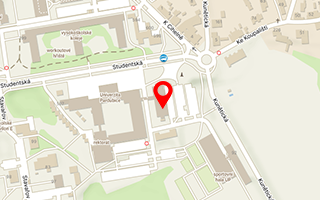Publikace detail
The Pheasantry of Prague Castle in the 17th and 18th Centuries, Europa Postmediaevalis 2, Archeopress, Oxford, s. 223–238.
Autoři:
Frolík Jan
Rok: 2020
Druh publikace: článek ve sborníku
Název zdroje: Europa Postmediaevalis 2020 : Post-Medieval Pottery in the Spare Time
Název nakladatele: Archaeopress publishing LTD
Místo vydání: Oxford
Strana od-do: 207-221
